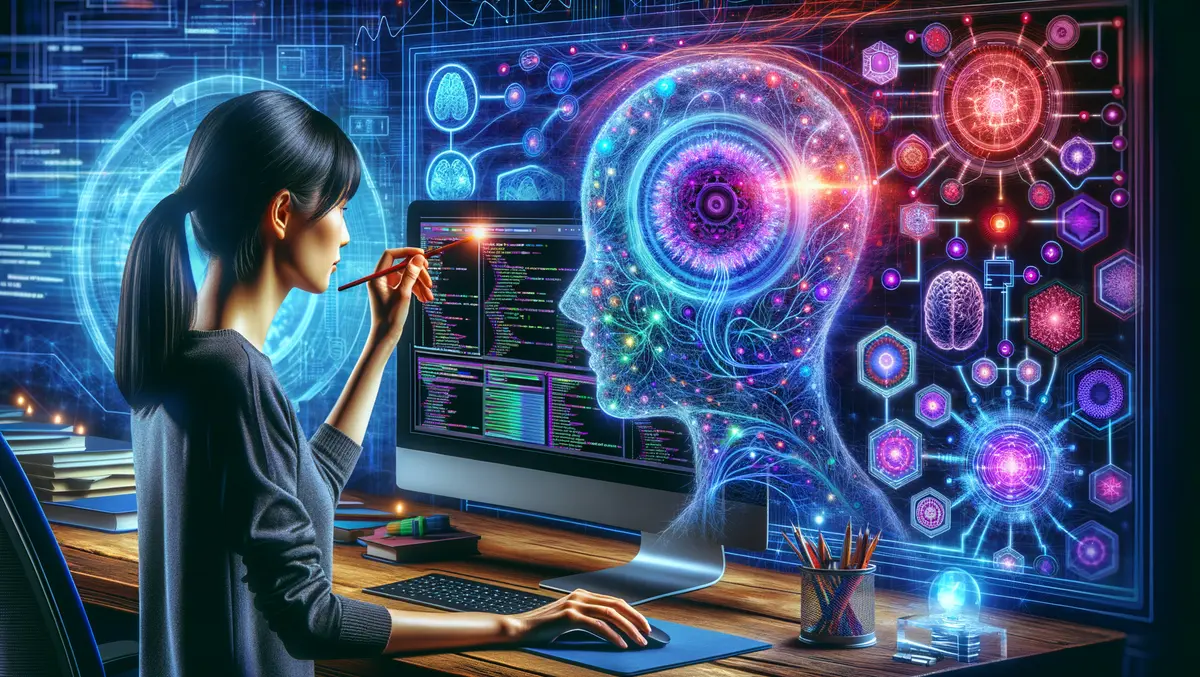The ongoing debate about how the use of artificial intelligence (AI) across an organisation should influence the way software is developed has taken a new and insightful twist with the release of the 30th edition of Thoughtworks' Tech Radar report. This piece of research serves as an illuminating look into the challenges that the tech consultant's clients face. Simultaneously, it also highlights trending technology and demystifies the complexities surrounding software development.
Among the primary themes featured in this year's report are AI-assisted software development teams, semi-open source licenses, bringing pull requests closer to proper Continuous Integration, and emerging architecture patterns for Large Language Models.
Thoughtworks' Tech Radar underscores the dramatic influence of generative artificial intelligence (GenAI) on software delivery. It particularly emphasises how a fresh range of AI tools has the potential to enhance engineering teams, upgrading their abilities and project outcomes. However, these tools offer much more than just code generation - they can be beneficial in other areas of the software development lifecycle, including testing, creating documentation, and even refactoring. Despite this, Thoughtworks cautions that this area is still blossoming, urging engineering teams to remain vigilant and practical in their use of these emerging tools.
According to Rachel Laycock, Chief Technology Officer at Thoughtworks, "GenAI tools have the capacity to help software engineering teams in many different ways; they're more than coding assistants. These tools can greatly impact technical problem-solving, and although risks need to be properly managed, it's nevertheless an area business leaders need to explore and invest in to gain a competitive advantage."
This year's Tech Radar did not fail to highlight some important themes. Firstly, AI-assisted tools, such as GitHub Copilot, CodiumAI influence nearly every aspect of the software development lifecycle. Amid the thrill of GenAI's potential effect, successful engineering teams should concentrate maintaining software quality and safety, ensuring non-developers are aware of potential hazards.
Secondly, the report discusses semi-open source licenses, revealing an increase in placing core functionalities and features behind paywalls. Technologists need to scrutinise the product licenses they use and ensure all files in a repository are adequately covered.
The trend of dragging pull requests closer to robust Continuous Integration was also highlighted. Pull requests are often equated with peer review in the software development process. Although valuable in certain contexts, they can disrupt the developer flow and hinder the pace of software delivery.
The discussion of the emerging architecture patterns for large language models is also vital. Patterns have gained popularity in the technology domain because they offer a clear name for a useful solution within a unique problem context.
Dr Rebecca Parsons, the Chief Technology Officer Emerita at Thoughtworks, explains that Tech Radar is a reflection of their "deep passion around sharing insights". "We have gained on how technology is evolving, and our assessments on tools, techniques and frameworks based on our real world experience... the 30th edition highlights the team sport that software development is and has been for decades."



